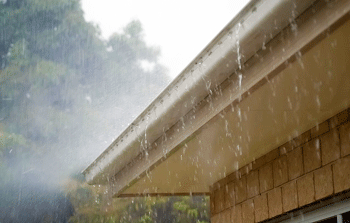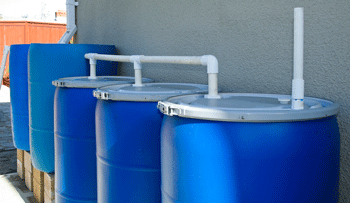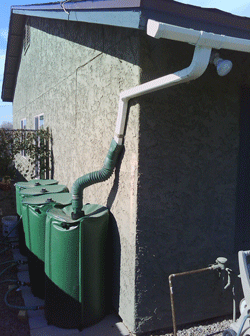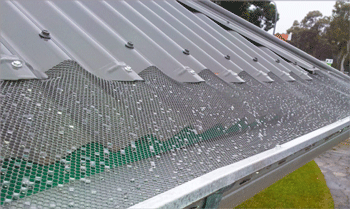Learn how to build a sustainable and efficient rainwater collection system to support your garden or emergency water needs.
One of the first resources to dwindle during a crisis is potable water. Unless you have a well or creek on your property, you will rely on stored water, which may quickly become contaminated. An excellent alternative is collecting rainwater—a free and fresh source you can use without worry.
Rainwater may come sporadically, so maximizing collection when it rains is crucial. A rain gutter collection system is an efficient way to gather and store rainwater for gardening or reducing your water bill. However, always check local and state laws regarding rainwater collection before starting this project.

Materials
- Paint strainer
- 5-gallon bucket
- 55-gallon drum with lid
- Downspout fittings
- Gutter strainer
- Cinder blocks (3)
- 3/4" spigot with 1/4" turn ball valve
- Permanent black marker
- Jigsaw
- Power drill with 7/8" spade bit
- Half-round bastard file
- Utility knife
- 1 1/4" galvanized wood screws
Constructing the Reservoir
- Drill a starter hole 8 inches from the top of a 5-gallon bucket using the 7/8" spade bit. Use the jigsaw to cut around the bucket, leaving an 8-inch tall ring.
- Trace the bucket's top outline onto the 55-gallon drum lid with a marker. Drill a hole and cut out the circle using a jigsaw. Fit the bucket snugly into the drum lid.
- Drill a hole near the bottom of the drum using the spade bit. File the edges smooth with the bastard file.
- Screw in the spigot securely. File the hole further if necessary for a proper fit.
- Place three cinder blocks upright at your chosen site. Secure the drum on top.

Extending the Downspout
- Extend your downspout to meet the reservoir. Mark the cut point using a marker.
- Cut the extension with a utility knife and attach it to the existing downspout.
- Secure the extension to your house using brackets and fittings.
- Cut a hole in the bucket lid to fit the downspout and attach the downspout securely.

Finishing Touches
- Tie a knot in the paint strainer and secure it over the bucket opening to prevent mosquito entry.
- Install a gutter strainer to prevent debris from clogging your downspout.
- Consider adding gutter screens or louvers to keep gutters clear of debris.













